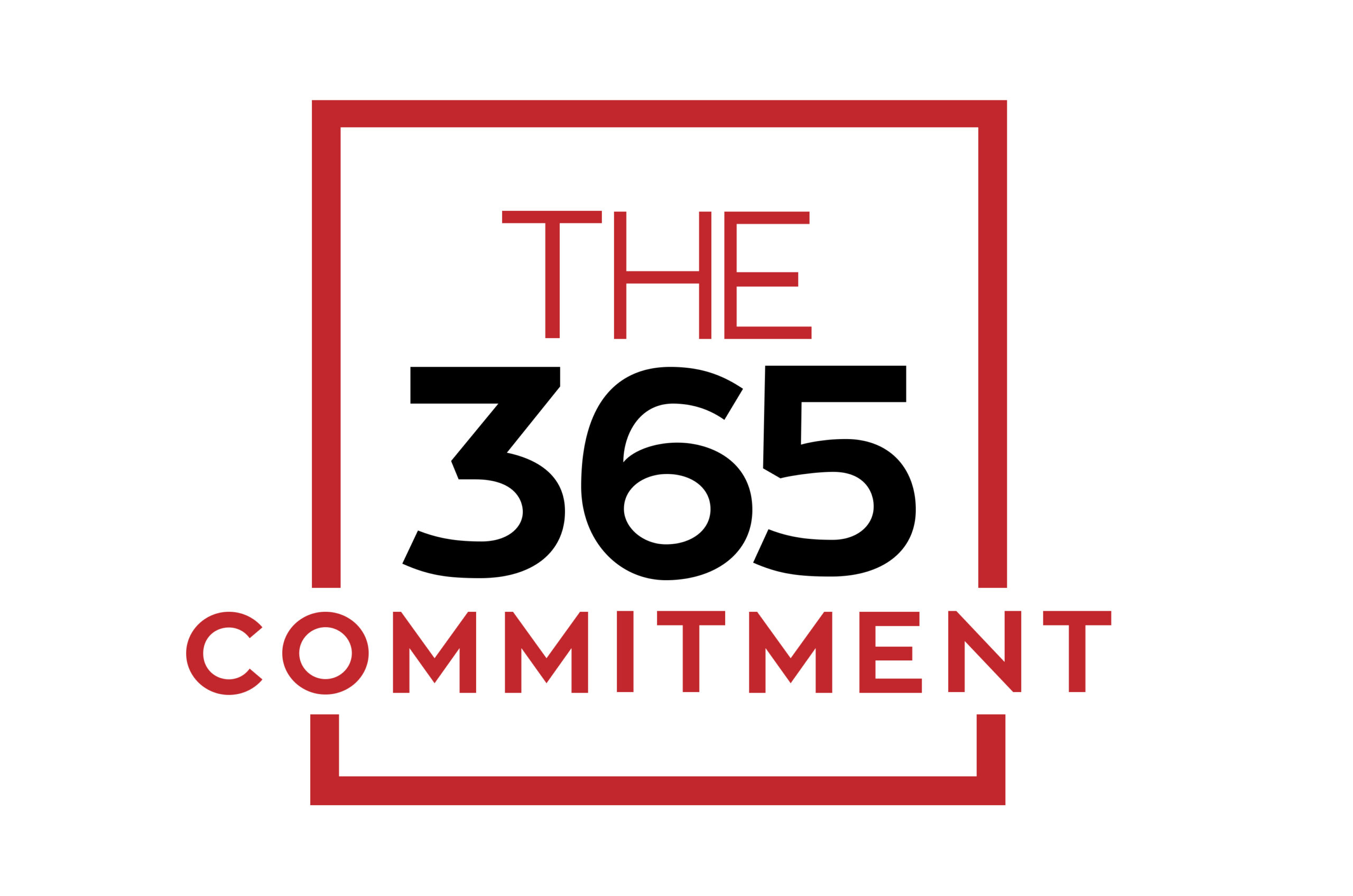
Since we seem to be back to high inflation, high gas prices, and rumors of Nuclear War, I thought I would do some pondering on a similar time in our history – 1978. My mind went no further than the popular arcade game of that time, called Whac-A-Mole. If you want you can go buy a replica of this game from Hammacher and Schlemmer for $4,500. Link Here. There I have provided credit to the image I am using! Anyway, if you are are around my age you will remember this game very well. It seemed every arcade, pizza parlor, and carnivals of the time had multiple units of this game and it was very popular. Quick note. If you are female, right around the age of 9 and are right handed then you will usually be the best at this game. The success of this game is really dependent on your hand, eye, reaction time.
There is a fun history of who actually deserves credit for this wild success. You can read the oral history written by Brian VanHooker by following this link. There are many things that the United States have gained from our relationship with Japan since the settlement of the World War. Just in Time Manufacturing, Fishbone diagrams, Kan-ban boards, and Whac-A-Mole. The first four are great tools for improving your business, the latter is just a game. The problem is that many companies are heavily reliant on Whac-A-Mole as their chief and primary method for queuing work.
If you are not aware of the game, it is effectively a game in which plastic gophers pop out of these holes at random intervals and you get to smack them with a mallet. For every one you smack, you get 10 points. Nowadays software developers have really easy pre-built in functions for randomizing i.e. Random(), but back in the 70s you basically had circuit boards that you could do some programming with but the easy stuff was done with purpose built transistors for sequential logic patterns. The original Japanese game actually used a incoming feed of audible tones to generate a loop that appeared random. However, regardless, the concept is that the Gophers pop up at what seems to be random intervals. I make no commentary on the perception created by having children mercilessly whack the heads of cute little furry gopher creatures. They did have hard hats on if that makes you feel better.
However, whacking the heads of pesky issues, or even people that pop up at seemingly random intervals appears to be the main queuing strategy deployed by many people in management, especially sales management. Now if you were to walk into a really good software development shop they will be talking about all these interesting concepts borrowed from the highly efficient Japanese management processes. They will have an agile methodology and the principal artifact will be a Kan-ban board that helps them manage backlog and quickly assess priority and focus for their work. What you do not see is that most good development shops have a business unit that is very careful about determining what hits the backlog. You cannot do everything. You cannot add every feature. You cannot be everything to everyone. You have to cut to the chase and focus on what is the most important, what makes the most money, what gets you to market the fastest. Software teams learn quickly. If they do not manage their queue, they fall apart. The results, or lack thereof, are easily identified with missed deadlines and end user feedback.
Other areas of the business world, like sales management, are borrowing these ideas from highly successful development teams. We all read books about amazing transformational projects at Apple, Netflix, Google and Facebook. Their material is readily available for consumption and as a consequence we borrow these methodologies and the tools all the time. I have seen more than one Kan-ban board pop up in sales meetings lately. I even saw someone creating a Kan-ban board to manage their wedding. Good luck with that. A wedding is many things, but it is most assuredly not Agile. My point is really an interesting series of questions. If we are going to borrow Agile methodologies in adjacent business areas, then why are we only borrowing only the tool? Should we also consider, just maybe, just possibly, the queuing strategy they use for determining what to work on? Do you and your teams pour effort into “covering” the workload, or the incoming requests without even pondering what is important? Are you really just playing Whac-A-Mole? That is what most Kan-ban boards end up becoming. A nice three column way to display a giant game of Whac-A-Mole. I am now going to call this the phenomenon the delicate art of Mogura Taiji (the original game created in Japan).
Queuing Theory is actually a formal area of academic research. The concept is really rather simple, but deceivingly complex. When a company is successful, they are going to have an incoming stream of clients which will produce an exponential set of workloads. There are many ways to react to this increased or heightened workload. The reality is that most managers, as well intended as they are, divert to some serious fatal flaws in dealing with a rapidly increasing backlog. Everyone innately understands the issue and the problems that come from dealing with the issue incorrectly. In my home town whenever a new restaurant opens the doors there is this massive initial draw as the denizens of my community swarm in raiding the place like a cackle of starving hyenas. The new restaurant owner is faced with the problem that many of our businesses are faced with – a queuing strategy. The owner cannot sit all people, all at once. They have to be organized and efficiently processed in some sort of priority queuing strategy. We have all seen the good ones, and the bad ones. We have all been really upset when a party 2 gets ahead of our party of 6. We have all seen empty tables, but a waiting time of 45 minutes. We have all definitely seen the confused, bewildered Host/Hostess team with their dry erase markers trying to figure out where to sit you. Funny, there is always one super smart one that gets it and the rest stand at the table looking completely shell shocked by the map of scribbling on the restaurant floor plan. That lesson here is that you know and understand queuing theory, and if you stop and think about that for a moment, you probably have some good ideas on how to improve the queuing of customers in a line. The perplexing question is, then why do we not apply these same concepts at work?
The simple and most obvious answer is to prioritize what you add to the workload of your employees. Mindful and deliberate consideration of what hits the backlog of your employees. If you do not do that, then what will result is Mogura Taiji (Whac-A-Mole) and the default queuing strategy employed will be LIFO. I am in the technology business and have been selling Routers and Switches for at least 30 years. Every electronic device that transfers signals from one medium to another has to follow a queuing method. The most popular is FIFO (First in and First Out). Sounds simple, and it is. Most of this can be done with chip logic and done extremely fast. The idea is that the routing device handles the workload in the order that the work comes in. I do not recommend this as a queuing strategy for your business, but it would be infinitely better than what your people will divert to which is LIFO (Last in and First Out). You see they are going to open their email and whatever is at the top of the stack, or whatever is getting the most noise is going to get the attention. Nothing will be prioritized, no logic will be followed, no queuing strategy. It is the equivalent of seating the people that just walked up ahead of the people that have been waiting in line for an hour. It is also the equivalent of telling Guy Fieri and his camera crew to take a pager and we will buzz you when you can have a table.
Here is my passionate plea. The problem is most likely NOT your people. Your sales team most likely is NOT at fault. The most likely scenario is that your people are actually trying hard and want to do a good job. Most humans do strive to perform the tasks given to them. If you have a problem in you life or your business, there is a real good chance that your problem is the process. The process, the business process, or the way you go about life, or the way you manage your workload, is what is causing the problem. You can beat up on the people around you all that you want, but the most important, in fact the single most important thing any manager can do is to work ON the business, meaning improve the process. Probably the single greatest demonstration on this fact, illustrated in a hilarious way is the lesson Dr. W. Edwards would teach using Red Beads. Watch him giving his lesson, here. Based on the fact that your employees will default to Mogura Taiji as their methodology, my recommendation is to really spend some time on how you will determine what the priorities will be for what work is performed. What do you really value the most? Are you really going to leave that up to whatever gopher pops its head up the fastest? Or even worse, who ever makes the most noise?
We do not apply priority queuing to workload because we have the “coverage” disease. We think that the best reaction to any given workload is to get it all done. To cover every request, respond to everything. This is an absolute truth, one that took my my entire life to learn and I am not sure that I have internalized it yet. The truth is that you will be infinitely more successful when you figure out how to say No more often than Yes. Abandon Mogura Taiji. Stop playing Whac-A-Mole. Figure out what is important to you and say “yes” to the workload that really matters.
Guy Reams
